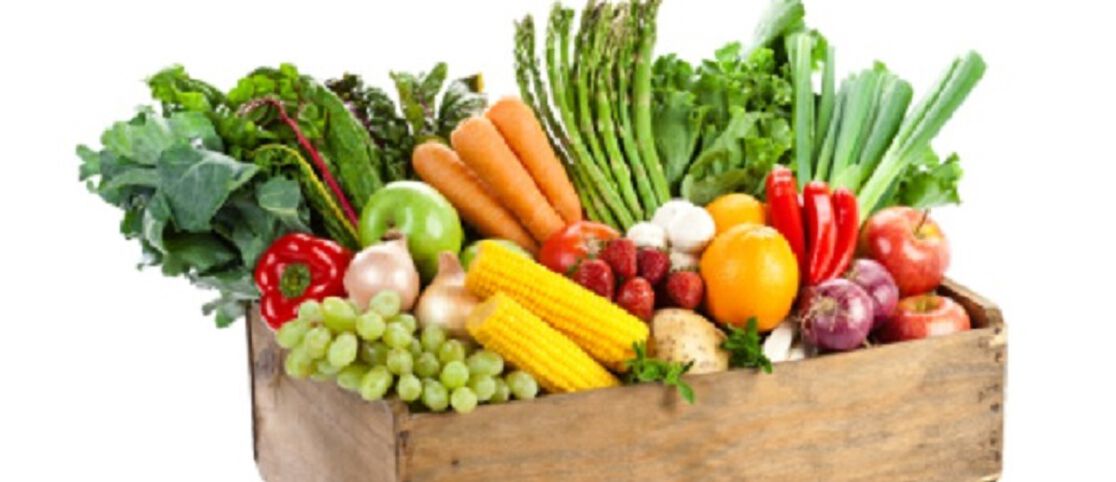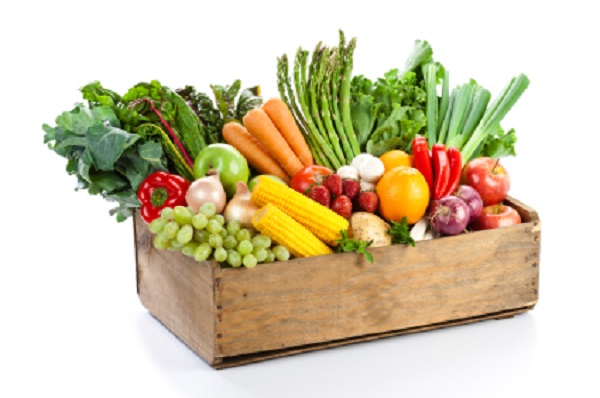 The holiday season offers so many chances to indulge in multi-course meals and delicious treats — as you should! With these large meals, it’s easy to have eyes bigger than our stomachs and end up wasting food. But it’s important to consider the amount of food that goes to waste on a regular basis.
The holiday season offers so many chances to indulge in multi-course meals and delicious treats — as you should! With these large meals, it’s easy to have eyes bigger than our stomachs and end up wasting food. But it’s important to consider the amount of food that goes to waste on a regular basis.
Did you know that the United States wastes up to 40% of its food each year? This food is lost in production, storage, and retail, but a significant 25% of that waste is due to consumer waste specifically. And if that’s not enough to make you want to save your leftovers, listen to this startling statistic: 1.3 billion tons of food is wasted each year worldwide. That’s enough to feed 868 million people who go to bed hungry each night.
Here are a few easy steps that you can follow in your kitchen to help make this better!
- Keep your fridge organized by storing everything in clear glass containers. (Hint: Keep them upside down to easily see what's inside!) Knowing what you have is the first step in preventing waste.
- Be best friends with your blender and soup pot! Most fruits and vegetables can be thrown into a smoothie or soup even after they have gone soft, limp, or wilted.
- Moldy cheese? Cut off a margin of about 1 inch and the rest should still be good.
- Freeze almost anything before it goes bad! Just make sure your freezer is set at zero degrees.
- Buy perishable food in lower quantities and shop more often to prevent food from going bad before you have a chance to eat it.
- Just because a “sell by” date has passed, that doesn’t mean your food has gone bad. Check sites like Foodsafety.gov or StillTasty to check the shelf life of each product.
Sometimes, despite all your best efforts, food will still go bad. That is where composting comes in! Adding composting to your normal routine is another way that you can prevent food waste and make things better. Food scraps can be added to yard waste and turned into organic material that will help plants grow. Here are some basic steps on how to compost at home:
- Start collecting both brown and green organic materials (an ideal ratio is 3 parts brown to 1 part green). Brown material includes things like paper, dry leaves, twigs, and cardboard. Green material includes things like fruit and vegetable waste, coffee grounds, grass clippings, and garden waste.
- Add the materials to a basic compost bin and allow it to sit.
- Each time you add new scraps to the bin, rotate and mix the new materials into the existing pile.
- When the material is dark and rich in color with no remnants of food waste, your compost is ready to be integrated into your garden
For a more in-depth tutorial on composting at home and troubleshooting tips, please visit the EPA’s composting guide by clicking here (PDF).
Whole Living, EPA
We aim to provide you with the most honest and credible information possible. This article was reviewed for accuracy by The Honest Team and was written based on sources that are linked at the bottom of the article.
blog_review_statement




